The present monograph, Tradition and Modernity in Indian Arts, is an exhaustive study of the concepts of tradition and modernism in visual arts of painting and sculpture. It tries to unveil the untouched and lesser known facets of Indian artistic tradition during the first half of the twentieth century. The author has discussed the efforts of groups of thinkers, social workers and artists for the search of identity and idiom of Indian artistic tradition and it transformation into modern. The work starts with the hypothsis that tradition and modernity are not opposed to each other but parts of a continuous process. It explodes the general view that Indian artistic tradition was lost before the advent of British education. The emergence of Bengal School and its attaining the status of a national modern school of painting has been illustrated with supportive arguments. This work highlights the role of the pupils of abanindranath and Nandalal Bose as promoters and transformers of Indian tradition into modern throughout India. It also succinctly deals with the interaction of these artists with other art centres at Bombay, Delhi and Madras. The common thread between them was that artists at all centres resisted intervention of the British Government in art education. Some of the centres were inclined to adhere to tradition. Others opposed it in the beginning but after experimentation in Western idiom of art reverted to their roots and enriched Indian tradition by assimilating in it the western techniques of art.
The book presents a comprehensive picture of the status and developments in painting and sculpture and other graphic arts in India during the first half of the twentieth century. It contains 79 coloured illustrations and 28 black white figures.

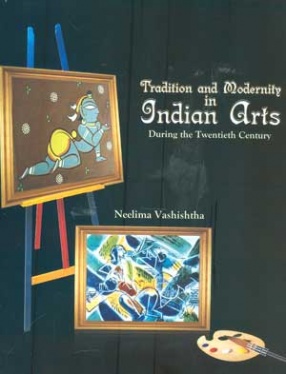
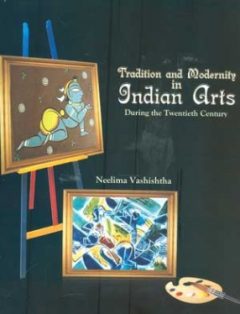
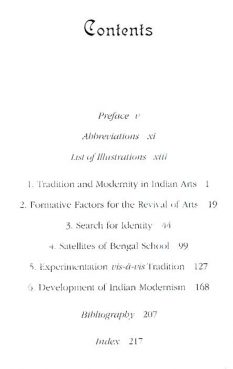
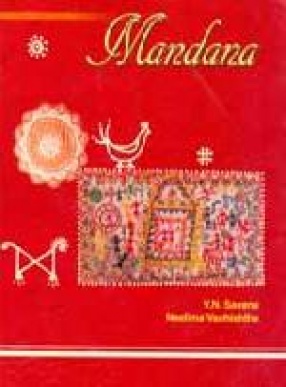
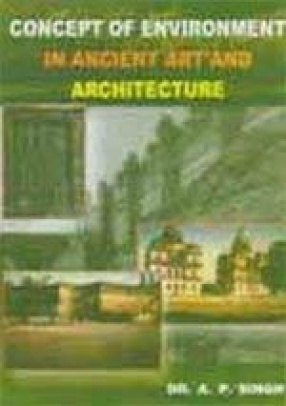

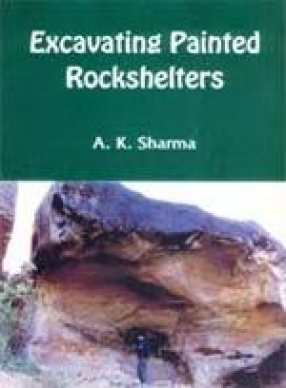
There are no reviews yet.